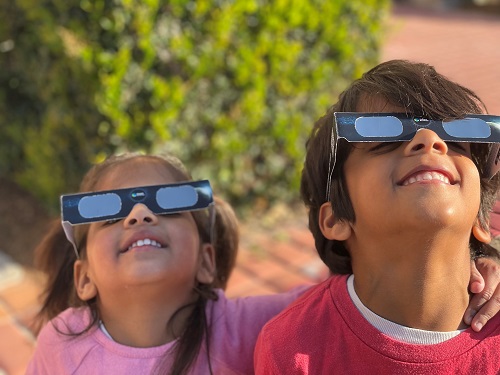September 21, 2025 Partial Solar Eclipse
September 21, 2025, a partial solar eclipse, is an upcoming celestial event that has captured the attention of astronomy enthusiasts worldwide. A solar eclipse occurs when the moon passes in front of the sun, blocking the light from the sun and casting a shadow on the earth’s surface. In a partial solar eclipse, the moon does not completely cover the sun but only partially obscures it. This creates a breathtaking visual display; you can even see the sun’s corona, or outer atmosphere, with your own eyes.
It’s important to remember that looking directly at the sun during a solar eclipse can seriously hurt your eyes. Use specially designed solar viewing glasses or other safety equipment to observe the eclipse without causing permanent eye damage.
In addition to its scientific significance, solar eclipses have also played a significant role in cultural and religious beliefs throughout history. As a result, some people see solar eclipses as omens or signs of important events to come, and they’ve become popular tourist attractions in modern times.
The September 2025 solar eclipse is expected to draw many visitors to the areas where it will be visible, with many communities already preparing for the influx of people. Some places are even planning special events and festivals to celebrate the occasion!
Overall, the September 2025 solar eclipse is an incredible event many people eagerly anticipate. It’s a once-in-a-lifetime opportunity for people to witness an awe-inspiring spectacle that will leave a lasting impression.
If you plan to observe the eclipse, do it safely! You can accomplish this by using specially designed solar viewing glasses, telescopes with solar filters, or other specialized equipment.
Mark your calendar for September 21, 2025, because the solar eclipse will be incredible! Just remember to protect your eyes and enjoy the breathtaking display that nature has in store for us.

